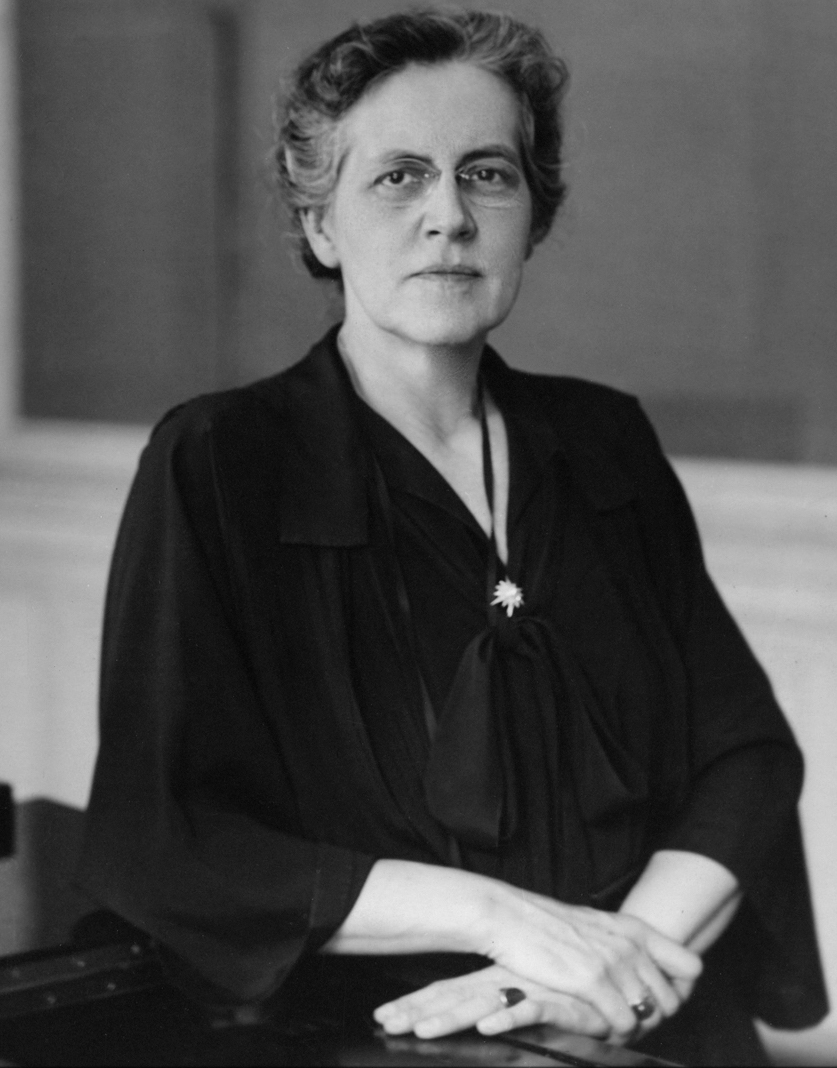About
Nadia Boulanger was born in Paris on 16 September 1887, to French composer and pianist Ernest Boulanger (1815–1900) and his wife Raissa Myshetskaya (1856–1935), a Russian princess, who descended from St. Mikhail Tchernigovsky.
Ernest Boulanger had studied at the Paris Conservatoire and, in 1835 at the age of 20, won the coveted Prix de Rome for composition. He wrote comic operas and incidental music for plays, but was most widely known for his choral music. He achieved distinction as a director of choral groups, teacher of voice, and a member of choral competition juries.

Raissa qualified as a home tutor (or governess) in 1873. According to Ernest, he and Raissa met in Russia in 1873, and she followed him back to Paris. She joined his voice class at the Conservatoire in 1876, and they were married in Russia in 1877. Ernest and Raissa had a daughter, Ernestine Mina Juliette, who died as an infant before Nadia was born on her father’s 72nd birthday. During the pregnancy, Nadia’s response to music changed drastically. “One day I heard a fire bell. Instead of crying out and hiding, I rushed to the piano and tried to reproduce the sounds. My parents were amazed.” After this, Boulanger paid great attention to the singing lessons her father gave, and began to study the rudiments of music.
Through her early years, although both parents were very active musically, Nadia would get upset by hearing music and hide until it stopped. In 1892, when Nadia was five, Raissa became pregnant again.

Her sister, named Marie-Juliette Olga but known as Lili Boulanger, was born in 1893, when Nadia was six. When Ernest brought Nadia home from their friends’ house, before she was allowed to see her mother or Lili, he made her promise solemnly to be responsible for the new baby’s welfare. He urged her to take part in her sister’s care. From the age of seven, Nadia studied in preparation for her Conservatoire entrance exams, sitting in on their classes and having private lessons with its teachers. Lili often stayed in the room for these lessons, sitting quietly and listening.
In 1896, the nine-year-old Nadia entered the Conservatoire. She studied there with Fauré and others.